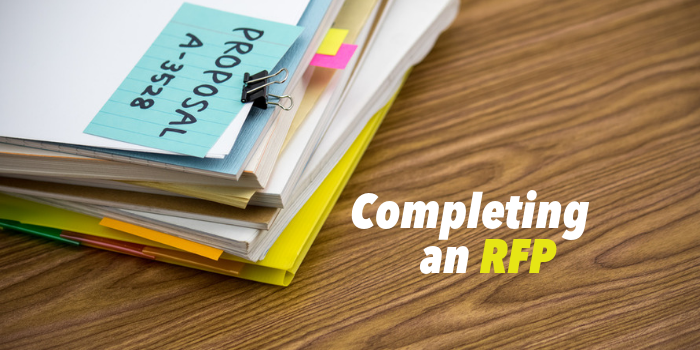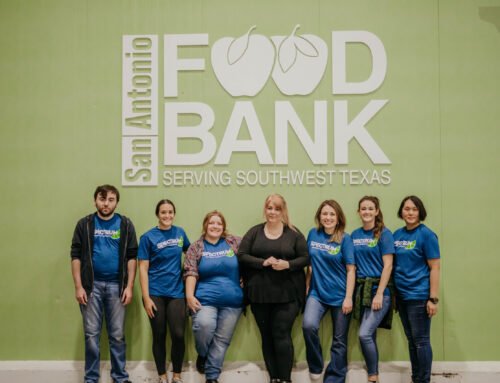Welcome back to the third topic in our board basics series! We started the series by encouraging board members to double-check and make sure their insurance is sufficient for their association’s needs. Last time, we discussed the importance of HOA committee guidelines.
This week, we’re going to walk you through how to complete a request for proposal (RFP).
Your community likely has many tasks that need to be completed for it to look – and be – its best. How do you go about making sure that these projects run smoothly and stay on budget? SpectrumAM’s best recommendation is to follow the adage “well begun is half done,” and start every project with an RFP.
If you’re a new board member, you may be wondering what an RFP actually is.
What is an RFP?
An RFP is a proposal the community manager (or board, if self-managed) puts together to send to vendors. It’s a formal request for a proposal and bid that includes all pertinent details of a project.
RFPs are important because they ensure quality control in vendor selection. Since you’re sending consistent, consolidated information to all vendors that focuses on the scope of the project, you’re much more likely to get an “apples to apples” bid.
Additionally, it’s easier for you, the board member, to judge the quality of the bids you receive, since the RFP essentially acts as a built-in “rubric” you can use to judge the bids that come in. An RFP is also an important tool boards can use to make sure everyone is on the same page before a project starts.
For example, let’s pretend your association’s fence was damaged and the board is now trying to find a vendor to repair it. If you have five board members and one community manager, all six individuals may have a very different opinion of what “repair the fence” actually means in practical terms. Sitting down together and drafting a basic RFP, which will include a section covering the scope of the project, gives everyone an opportunity to make sure their opinions are heard and that everyone knows what the final project is supposed to look like.
Next Steps
RFPs are needed anytime your association is doing a project. There are only two exceptions to this: an emergency situation, such as a tree falling in the middle of an association road, or a project that costs less than a few hundred dollars, such as removing a mattress someone dumped on common property. In both instances, it’s almost always better to use a vendor with whom you already have a working relationship.
Planning out everything you want your bids to cover can feel a bit like searching for a needle in a haystack, which is why Spectrum has created systems and fostered professional partnerships in order to use a software called Vendor Smart– this makes it as easy as possible for you, our board members, to choose the best vendor for your association’s needs.
Vendor Smart has an RFP built into its project setup program. This ensures that the vendors will know exactly what they’re bidding for – and ensures you receive the highest-quality bids. Additionally, Vendor Smart’s extensive vendor network means that you will have a wide range of qualified workers to choose from. You can also find important paperwork, like a vendor’s insurance coverage, in one, easy-to-find place.
We hope this article has shed light on the RFP process. If you have further questions or concerns, please reach out to your HOA community manager. To learn how to complete an RFP, please go here.







